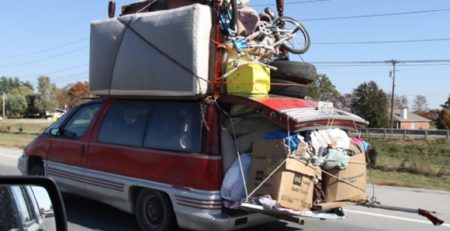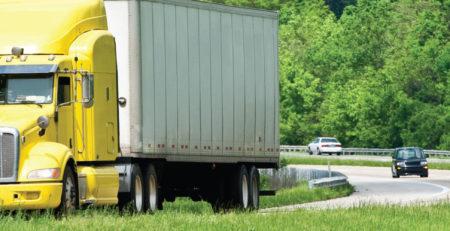Moving Cars and Shipping Cars
Shipping autos cross country
Heading to your new home isn’t generally a possibility for cross-country moves. In a few circumstances, it might be less demanding and more advantageous to ship your vehicle. And keeping in mind that moving an auto may appear like a great deal of work, it can be simple if you’re equipped to do so. Use the steps below to determine if you need to ship your car, how to find a reliable car transportation service and how to prepare the vehicle for travel.
Step 1. Choose whether to ship or sell
Contingent upon where and when you’re moving, shipping your auto may not be the most reasonable arrangement. Rather, it might be best to sell it. In any case, before settling on any choices, consider these inquiries:
Where am I moving? In case you’re moving to Hawaii or Puerto Rico (or some different abroad area), it might be the most effortless to sell your auto and purchase another at the end destination. Shipping autos over the sea can be tedious and conceivably more costly than purchasing new.
Do I require an auto in my new town? A few people find that utilizing open transportation, biking or strolling is the most helpful type of go in their new city.
When am I moving? Now and again long-distance moves occur without prior warning which implies there may not be sufficient time to list the vehicle and discover a purchaser.
What is my vehicle worth? In the event that the cost of transportation surpasses the auto’s value, it’s presumably best to offer it. Utilize an asset like Kelley Blue Book® to appraise your vehicle’s value.
On the off chance that you choose to deliver your vehicle, begin searching for an auto transportation service at the earliest opportunity.
Step 2. Discover an auto shipping service
When searching for auto movers, it’s critical to discover one that is reliable, has the suitable qualifications (licensed, bonded etc.), and can transport your kind of vehicle (operable or inoperable). Begin by perusing web audits and asking individuals you trust what they think about each organization. Once your decisions are limited, ask about their protection scope. Here are a few things to ask:
- If there should be an occurrence of a mischance, what sorts of harms are secured?
- Is there a deductible?
- Are additional parts secured? (spoilers, hubcaps, and so forth.)
It’s additionally a smart thought to chat with your accident coverage operator about what they’ll cover amid the move. Take in more about auto transportation organizations and how to pick the correct one.
Step 3. Set up the auto for travel
Before autos are stacked for travel, numerous auto shippers will perform an inspection, and after that have clients sign a Bill of Lading (or contract) consenting to the terms and conditions. To help the inspection go easily, take after these tips:
Evacuate personal things. Since the shipper’s protection doesn’t cover personal things, it’s unlawful for them to transport a vehicle with your possessions inside. To conform to these rules, make a point to expel everything from the vehicle (remember to check the storage compartment and shrouded compartments). On the off chance that you have a toll tag, consider expelling it from the vehicle, as well.
Plan auto upkeep. It’s not bizarre for autos to be stacked on the hardware so repair any holes before transport to keep liquids from dropping on different vehicles or making health dangers. Furthermore, since your auto will be driven amid stacking and dumping, it’s vital that the tire pressure and battery are in great condition, as well.
Take note of any harm. Before stacking, the shipper ought to record all scratches, gouges and scrape blemishes on the vehicle. Wash it before it is time to move and take numerous photographs of any current harm. The photographs will archive the vehicle’s condition on the off chance that you have to record a claim, and cleaning it will guarantee you don’t miss anything.
Avoid potential risks. Secure free parts that could be harmed amid travel (mirrors, reception apparatuses, convertible tops, and so forth.), and look in the owner’s manual to figure out how to disable the alarm. If the alarm isn’t deactivated and goes off during transit it can distract the driver or lead to a dead battery.
Utilize or deplete fuel. Many organizations require the tank to be less than ¼ full when shipping. Deplete the fuel or utilize it!
Step 4. Get vehicle at destination
At the point when your vehicle lands at its goal, assess it before accepting delivery. Contrast the condition and mileage with the underlying report and, unless it’s unavoidable, don’t accept the vehicle around evening time (you’ll have a harder time seeing any harm that may have happened). On the off chance that you find anything that doesn’t coordinate, make certain the driver notes it on the delivery receipt. You’ll need it documented in order to file a claim.










Leave a Reply